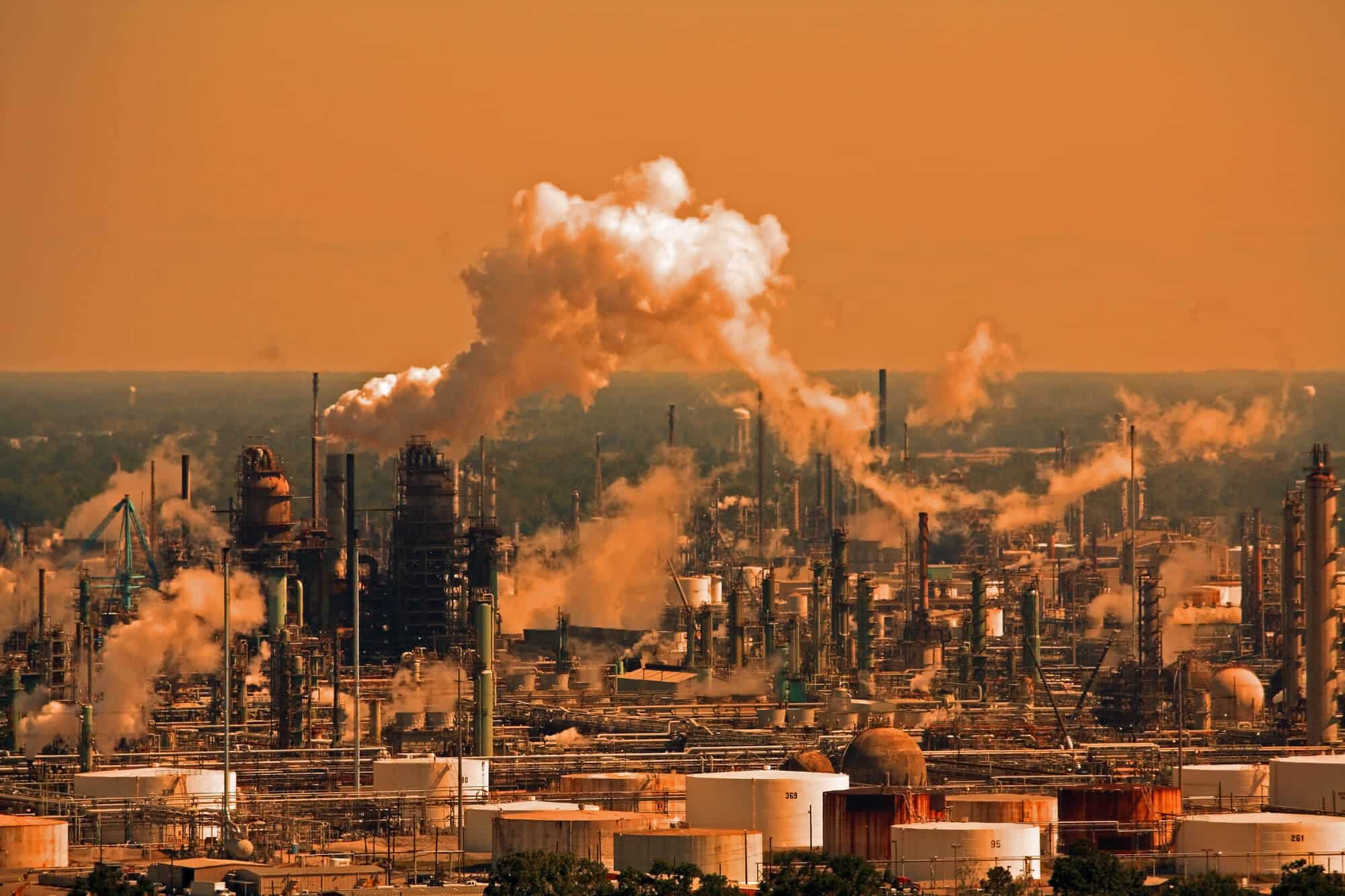Gases containing fluorine - including those known as per- or polyfluorinated hydrocarbons [PFCs], have been found to have multiple effects on global warming. Researchers have recently succeeded in developing innovative crystalline materials capable of selectively adsorbing the molecules of fluorine-containing materials. The researchers hope that these porous crystals can be useful for binding and recovering such gases
[Translation by Dr. Moshe Nachmani]

Emissions of greenhouse gases contribute significantly to global warming. These emissions include not only carbon dioxide but also fluorine-containing gases, including perfluorocarbons and polyfluorocarbons [PFCs]. Researchers from the University of Heidelberg have recently succeeded in developing new crystalline materials capable of selectively adsorbing the molecules of these gases.
Polyfluorinated hydrocarbons are organic compounds of varying lengths in which hydrogen atoms of alkanes have been fully or partially replaced by fluorine atoms. These fluorine atoms attached to the carbon atoms are chemically very stable. These compounds are not common in nature, and are mainly used for chemical etching processes in the semiconductor industry, in eye surgeries, and in medical diagnosis as contrast enhancers for various ultrasound tests.
"Unlike carbon dioxide, which is integrated into the material cycles in nature, polyfluorinated hydrocarbons accumulate in the atmosphere and remain there for thousands of years before they break down chemically," explains the lead researcher. Unlike carbon dioxide, polyfluorinated hydrocarbons have an increased effect on global warming - the effect of one such compound is equal to the effect of between five thousand and ten thousand compounds of carbon dioxide. According to researchers, this fact makes these substances a permanent problem that not only contributes to global warming now but also accelerates it.
The researchers succeeded in developing a new type of crystalline material capable of adsorbing these compounds in a highly selective manner, i.e. binding to them on their inner side. The porous crystals are based on a stable chemical structure of cage-shaped compounds bearing side chains containing fluorine atoms. These side chains react according to the well-known chemical principle of "like attracts like" in the framework of the interactions between these fluorine atoms and the fluorine atoms on the polyfluorinated hydrocarbons, which ensures their deposition on the inner surface of the material. As part of their experiments, the research group demonstrated that the developed crystals bind to certain fluorine-containing gases such as octafluoropropane or octafluorocyclobutane two to four thousand times stronger than dinitrogen, the main component of air.
Currently, the research group is exploring the possibility of further increasing the selectivity of the innovative crystals and transferring the process to other fluorinated gases, such as those used in medical anesthesia. "I see great potential in the development of this field," emphasizes the chief researcher. He hopes that the innovative adsorbent material can be used to recover polychlorinated hydrocarbons at the point of use itself.
The article describing the new material
More of the topic in Hayadan:
